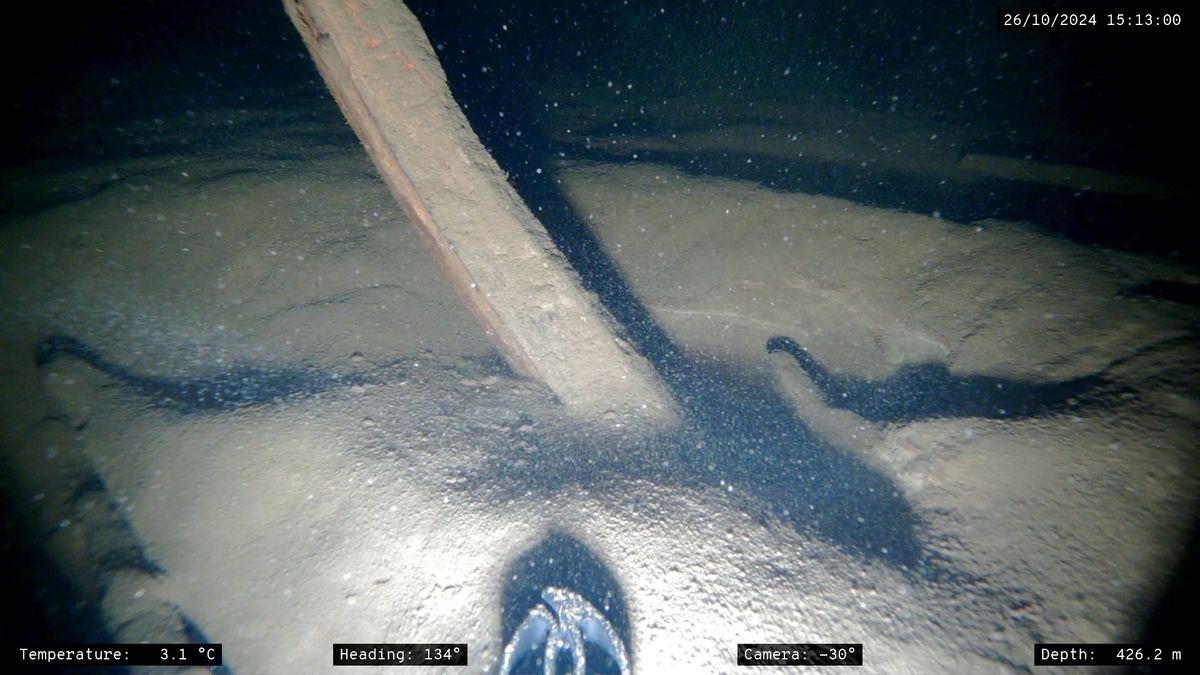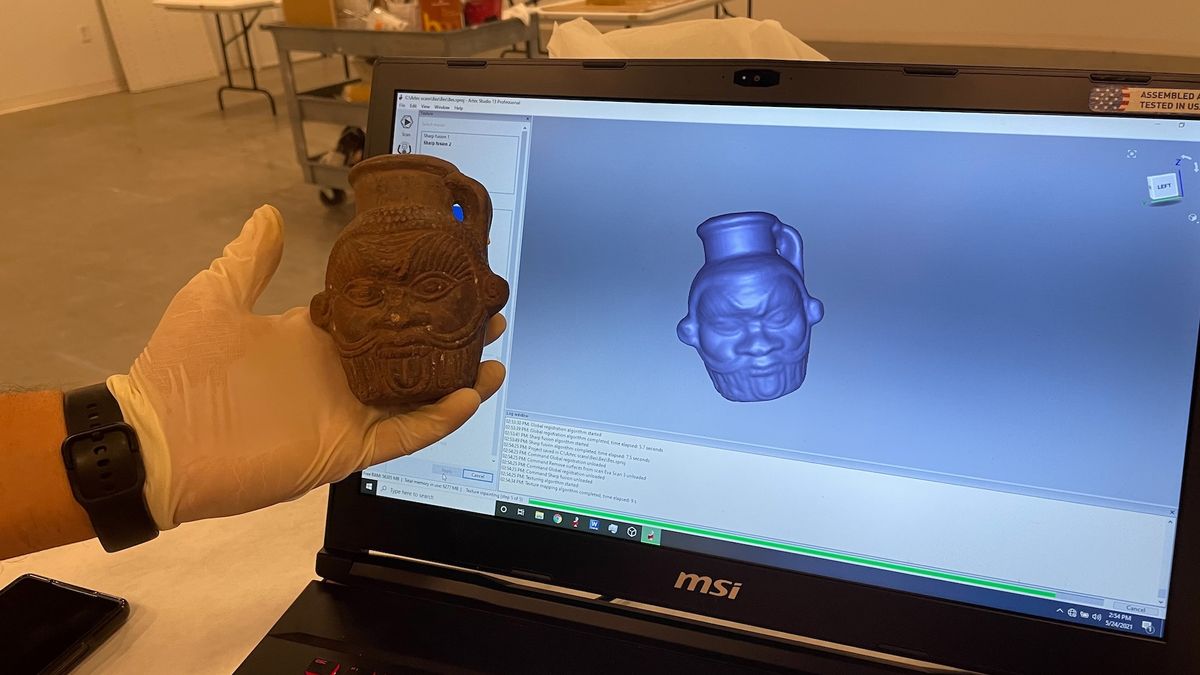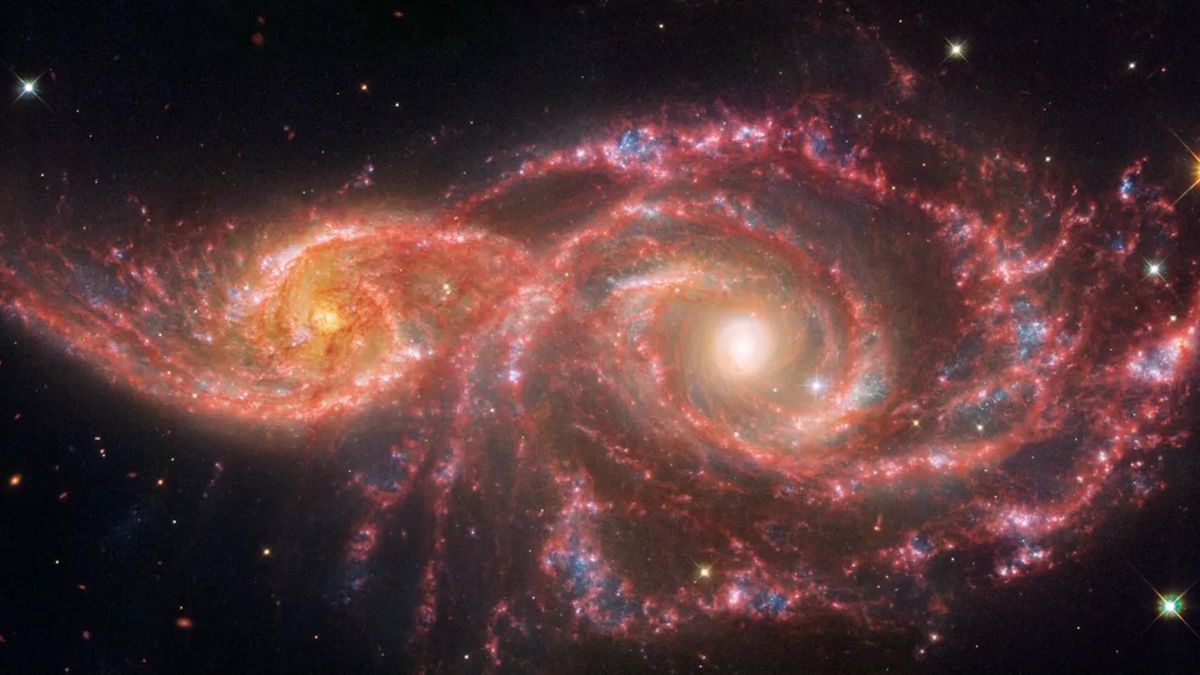It’s a balmy summer day at the beach — you’re lying in the sun, enjoying the water and hanging out with friends. But all of a sudden, you start to feel a familiar twinge behind your temples, and you wonder: why do you always get headaches when it’s hot out?
Some research does suggest that people’s rates of headaches spike when temperatures go up. However, experts like Dr. Nolan Pearson, a neurology fellow who specializes in headache at Cedars-Sinai Medical Center in Los Angeles, said it’s important to look beyond heat to find the reason for summertime headaches.
“Weather is very commonly in the top four or five triggers that people do report,” Pearson told Live Science. “But, I would speculate that it might be actually due to things that go along with hot weather” rather than the heat itself.
That’s because most research on heat and headaches only shows a correlation between the two. For example, a study might look at hospital admission rates for headaches during different months of the year and find headaches are more common in summer. But that doesn’t prove that heat directly caused those headaches. There could be other environmental and lifestyle changes that happen during the summer — like air quality, light exposure or activity levels — that cause different types of headaches, too.
Pearson recommends that each person with headaches hone in on these possible triggers, since these have more research behind them and may be easier to accommodate for than the heat itself.
Related: ‘This is what drives the migraine headache’: Scientists uncover ‘missing link’ in why some migraines happen
Hot-weather headache triggers
Poor air quality is a well-known headache trigger, and one common effect of heat waves is that they tend to make air quality worse. Heat can cause various chemical elements in the air to transform into ozone, a colorless gas tied to a variety of health effects, and other harmful substances. In addition, wind and air pressure systems driven by hot weather can make pollutants from coal plants or cars linger over cities, rather than float away.
Warmer months also come along with longer days and greater UV exposure. Light exposure and headaches have a complicated relationship, though. While some research suggests that bright light isn’t a headache trigger in and of itself, people with migraines are often sensitive to bright lights during an attack. So it might be that a blazing summer sun can exacerbate existing headaches.
Heat also has the tendency to throw people’s routines out of balance, spurring lifestyle changes that make headaches more likely. For example, people may not remember to drink extra water when it’s hot out, which can cause dehydration, a known cause of headaches. People can also experience drops in appetite when it’s hot out, so fluctuations in blood sugar from not eating for too long could prompt headaches.
On top of all of that, heat can wreck a person’s sleep schedule.
“Good, restful sleep happens most effectively in a colder ambient environment,” Pearson said. When a night of sleep is disturbed — by being overheated, for instance — people are significantly more likely to experience migraines and cluster headaches.
This article is for informational purposes only and is not meant to offer medical advice.
Ever wonder why some people build muscle more easily than others or why freckles come out in the sun? Send us your questions about how the human body works to [email protected] with the subject line “Health Desk Q,” and you may see your question answered on the website!














